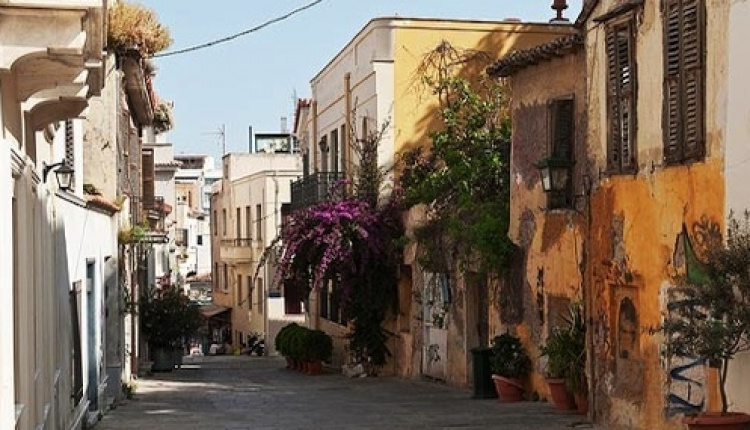How The Athens Suburbs Got Their Names
- by XpatAthens
- Monday, 18 January 2016

Some of the most famous and well-known neighbourhoods and suburbs of Athens present very interesting stories on how they got their names used to date. This list reveals some very interesting name origins of different locations around the Greek capital.
Halandri: The most popular version of the name of Halandri is the one referred to the Turkish landowner Hala Bey, the owner of large plots of land during the Ottoman rule. A different theory supports that Halandri was named as such because it had sheltered a thousand men (Hiliandrion (Hilioi=thousand, andras=man) => Halandrion). In ancient times it was called Flya, referring to the fruitful land of the area.
Zografou: The municipality of Zografou is one of the best known areas of Athens and owes its name to Ioannis Zografos, a man who used to own a large land outside the center of Athens in the early 20th century and sold it in small plots to 100 families, who then formed the Zografou community (back at the time they used to say that someone lived on the Zografou estate). Later on, one of Zografos’ sons, Sotiris, became the first mayor of the municipality.
Psyri: The gentrified neighborhood of Athens was named after an islander from the island of Psara (which was called in the Middle Ages Psyra) arrived in the area and built a church to honor St. Athanasios. The man was called by the locals Psyris (meaning Psarianos, someone from Psara) and in turn the area was renamed into “Psyri” and not “Psirri” (with a double r) as commonly mistaken today.
Zografou: The municipality of Zografou is one of the best known areas of Athens and owes its name to Ioannis Zografos, a man who used to own a large land outside the center of Athens in the early 20th century and sold it in small plots to 100 families, who then formed the Zografou community (back at the time they used to say that someone lived on the Zografou estate). Later on, one of Zografos’ sons, Sotiris, became the first mayor of the municipality.
Psyri: The gentrified neighborhood of Athens was named after an islander from the island of Psara (which was called in the Middle Ages Psyra) arrived in the area and built a church to honor St. Athanasios. The man was called by the locals Psyris (meaning Psarianos, someone from Psara) and in turn the area was renamed into “Psyri” and not “Psirri” (with a double r) as commonly mistaken today.
Psihiko: One of the prevailing theories of how this area got its name refers to St. Philothei, who is said to have opened a well there where the farmers and passersby would drink and ease their thirst. Psyhiko in Greek means favor or charity, and St. Philothei was well known for her charity work and the monastery she founded in the area. There is, however, another version of the story telling that the ancient marathon runner Pheidippides reached this particular area and died there after telling the people of Athens that they had defeated the Persians (Psihiko derives from the Greek word psihi for psyche/soul).
Kolonaki: The prestigious neighborhood of Kolonaki got its name from a small column set in the central square of the area by the people of Athens during the Ottoman rule in order to pray to God to help them survive the plagues and illnesses of the time. The small column has a diameter of 30 cm and height of 2 m.
By Stella Tsolakidou
Kolonaki: The prestigious neighborhood of Kolonaki got its name from a small column set in the central square of the area by the people of Athens during the Ottoman rule in order to pray to God to help them survive the plagues and illnesses of the time. The small column has a diameter of 30 cm and height of 2 m.
By Stella Tsolakidou
To read the complete article please visit: greekreporter.com



